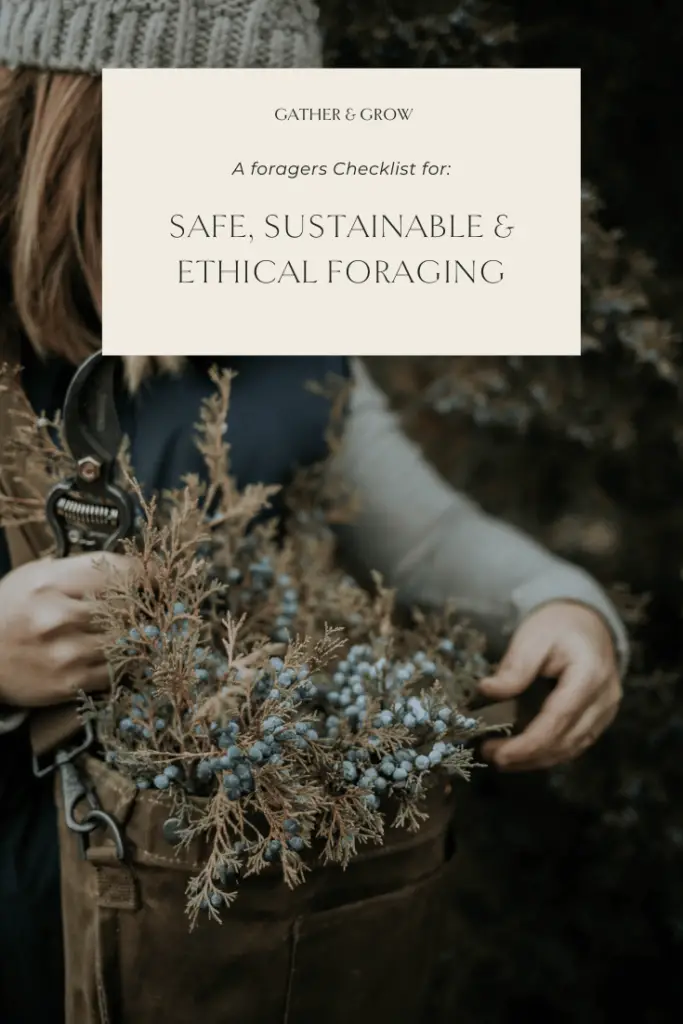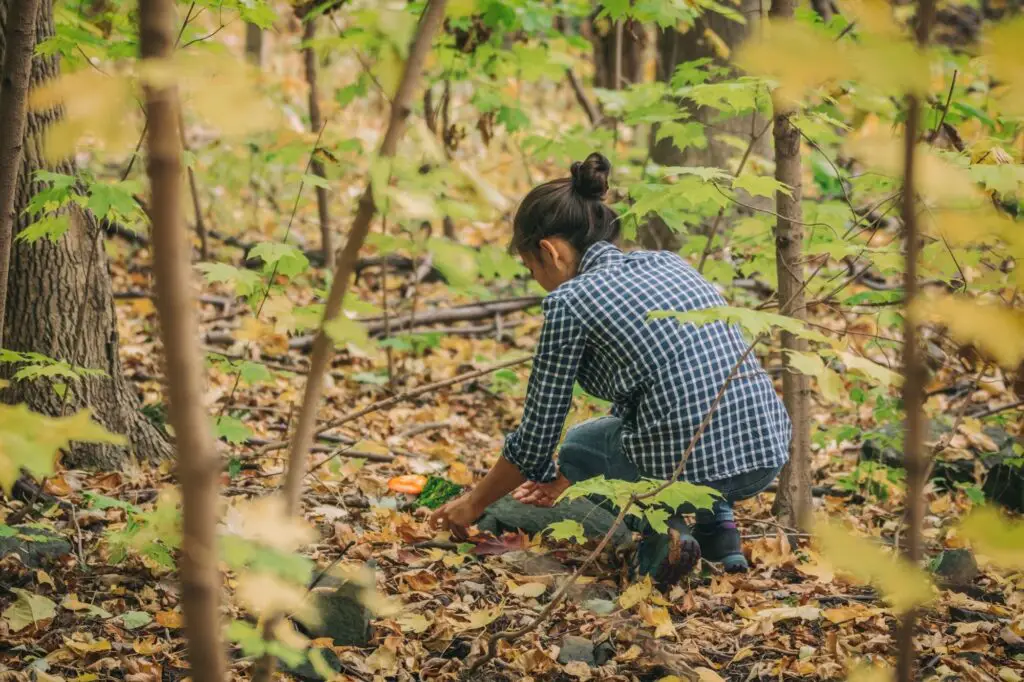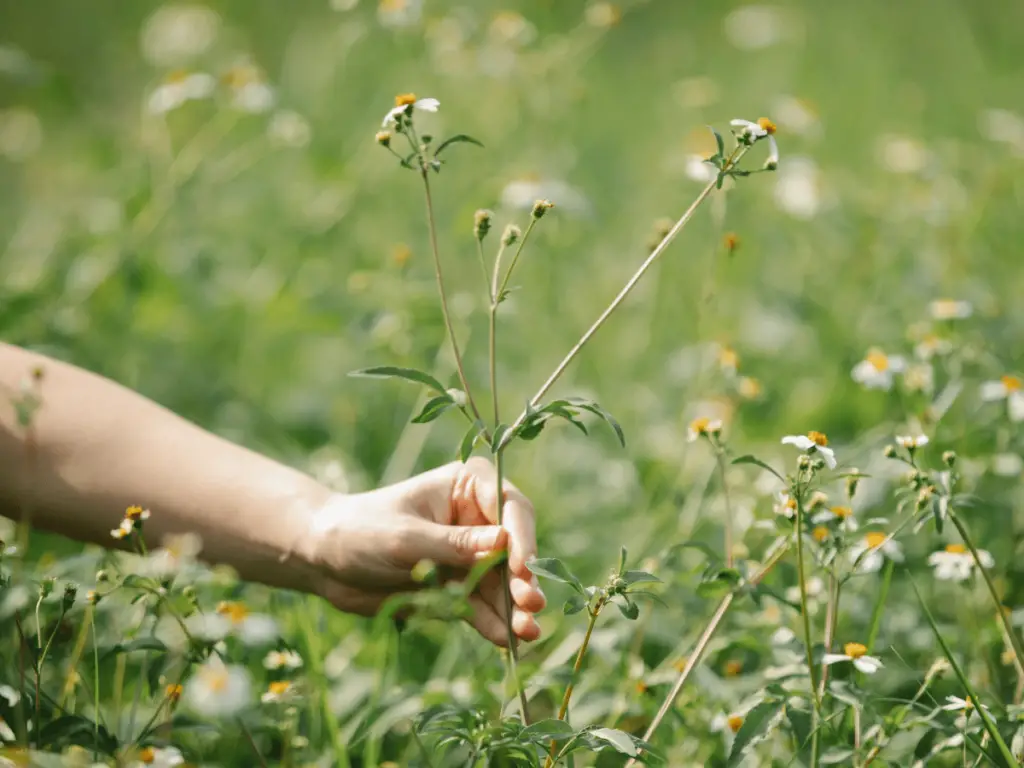Have you ever wanted to learn how to forage for wild edible plants, but weren’t sure where to start? In this guide, we will explore how to develop a sustainable foraging strategy for all seasons. By following these tips and techniques, you can enjoy the bounty of nature while respecting the environment and ensuring a continued supply of wild foods for future generations. Let’s get started!

Understanding the Basics of Foraging
Before you head out into the wilderness to collect wild plants, it’s essential to understand the basics of foraging. Foraging is the act of gathering wild plants, fungi, and other edible materials for food. It has been a part of human existence for thousands of years and is still practiced by many people around the world today. By learning how to identify, harvest, and prepare wild foods, you can connect with nature in a new and exciting way.
Identifying Edible Plants
The first step in developing a sustainable foraging strategy is learning how to identify edible plants. It’s essential to be able to distinguish between edible and poisonous species to avoid any potential harm. There are many resources available, such as field guides, online forums, and foraging classes, that can help you learn how to identify wild plants. Start by focusing on a few common and easily recognizable species, such as dandelions, wild berries, and mushrooms.
Harvesting Techniques
Once you have identified edible plants in the wild, it’s crucial to practice sustainable harvesting techniques. Sustainable foraging means collecting wild foods in a way that does not harm the environment or deplete the plant population. Some tips for sustainable harvesting include:
- Only harvest plants that you can positively identify as edible.
- Use sharp, clean tools to minimize damage to plants.
- Take only what you need and leave the rest for wildlife and other foragers.
- Be mindful of your impact on the ecosystem and try to minimize trampling and disturbance.
By following these guidelines, you can help ensure that the plants you harvest will continue to thrive in their natural habitat.
Foraging in Different Seasons
One of the joys of foraging is the chance to experience the changing seasons and the bounty of wild plants that each season brings. By developing a foraging strategy for all seasons, you can enjoy a diverse range of flavors and nutrients throughout the year.
Spring Foraging
Spring is a time of renewal in the natural world, with many wild plants bursting forth from the ground after the winter months. Some common edible plants to forage in the spring include:
- Nettles: These nutrient-rich plants are a great addition to soups, smoothies, and stir-fries.
- Wild garlic: The delicate flavor of wild garlic leaves can be used in salads, pesto, and other dishes.
- Dandelions: The entire dandelion plant is edible, from the flower to the roots, and can be used in a variety of dishes.
Summer Foraging
Summer is a time of abundance in the wild, with many edible plants reaching their peak of freshness and flavor. Some popular wild foods to forage in the summer include:
- Berries: Wild blackberries, raspberries, and blueberries are abundant in many regions in the summer months.
- Wild greens: Summer is a great time to forage for wild greens like lamb’s quarters, purslane, and chickweed.
- Wild mushrooms: Many species of edible mushrooms can be found in the summer, such as chanterelles, boletes, and morels.
Fall Foraging
As the temperatures cool and the leaves begin to change colors, many wild plants produce fruits and nuts that are ripe for the picking. Some fall favorites for foragers include:
- Acorns: These nutritious nuts can be harvested, processed, and used in a variety of dishes.
- Wild apples: Many varieties of wild apple trees produce small, tart fruits that can be used in cooking and baking.
- Rosehips: The fruits of wild roses are rich in vitamin C and can be used to make teas, jams, and syrups.
Winter Foraging
Winter foraging presents a unique set of challenges, as many plants lie dormant under a blanket of snow. However, there are still opportunities to gather wild foods even in the coldest months. Some winter edibles to look for include:
- Winter greens: Some hardy species of wild greens, such as chickweed, miner’s lettuce, and wild mustard, can be foraged throughout the winter.
- Pine needles: The needles of pine trees are rich in vitamin C and can be used to make a fragrant and nutritious tea.
- Nuts and seeds: Many species of nut-bearing trees, such as hickory, oak, and walnut, produce nuts that can be collected in the winter.
By learning how to forage in different seasons, you can enjoy a diverse range of flavors and nutrients while connecting with the natural world in new and exciting ways.

Sustainable Foraging Practices
In addition to identifying edible plants and foraging in different seasons, it’s crucial to practice sustainable foraging techniques to ensure the long-term health of wild plant populations and natural ecosystems.
Leave No Trace
When foraging in the wilderness, it’s essential to follow the principles of Leave No Trace to minimize your impact on the environment. Some key principles of Leave No Trace include:
- Pack out all trash and litter, leaving the natural area cleaner than you found it.
- Stay on designated trails and paths to avoid causing damage to fragile ecosystems.
- Respect wildlife by observing from a safe distance and not feeding or disturbing animals.
- Practice good hygiene by washing your hands before and after handling wild plants and using the restroom in designated areas.
By following these principles, you can help preserve the beauty and biodiversity of wild places for future generations to enjoy.
Responsible Foraging
Responsible foraging means collecting wild foods in a way that respects the natural environment and ensures the continued health of plant populations. Some tips for responsible foraging include:
- Obtain landowner permission before foraging on private property.
- Follow local regulations and guidelines regarding foraging in public parks and natural areas.
- Do not harvest rare, threatened, or endangered plant species.
- Educate yourself about invasive plant species and avoid spreading them to new areas.
By practicing responsible foraging, you can help protect wild plants and ecosystems while enjoying the benefits of connecting with nature through food.
Supporting Biodiversity
When foraging for wild plants, it’s important to consider the overall health of the ecosystem and support biodiversity. Some ways to promote biodiversity while foraging include:
- Harvesting in moderation and leaving enough plants to reproduce and support wildlife.
- Planting native species in your own garden to provide habitat and food for pollinators and other beneficial insects.
- Participating in citizen science projects that monitor plant populations and contribute to conservation efforts.
- Educating others about the importance of biodiversity and the role of wild plants in supporting healthy ecosystems.
By supporting biodiversity through your foraging practices, you can help preserve the natural world and contribute to the well-being of plants, animals, and people alike.

Putting It All Together: Developing Your Foraging Strategy
Now that you have learned the basics of foraging, explored different seasons for wild edibles, and discovered sustainable foraging practices, it’s time to put it all together and develop your foraging strategy for all seasons. Here are some steps to help you get started:
- Start small: Begin by focusing on a few common and easily recognizable wild plants in your area. Practice identifying and harvesting these plants before moving on to more challenging species.
- Educate yourself: Take advantage of resources such as field guides, online forums, and foraging classes to deepen your knowledge of wild plants and their uses.
- Explore different seasons: Pay attention to the changing seasons and the wild foods that are available in each season. Experiment with new flavors and recipes to make the most of nature’s bounty.
- Practice sustainable techniques: Use sharp, clean tools to minimize damage to plants, harvest in moderation, and leave enough plants to support wildlife and reproduce.
- Share your knowledge: Teach others about the joys of foraging, the importance of sustainable practices, and the benefits of connecting with nature through food.
By following these steps and developing a sustainable foraging strategy for all seasons, you can enjoy the thrill of discovering wild edibles while protecting the environment and supporting biodiversity. Happy foraging!

